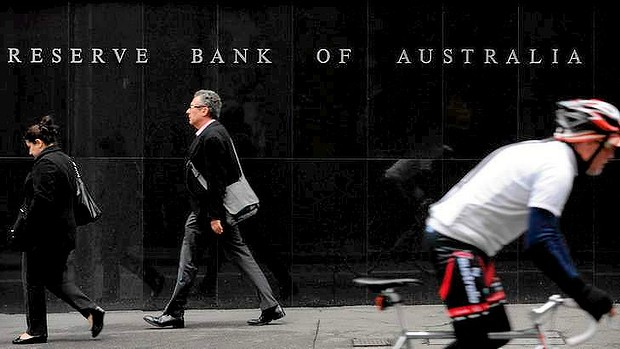Analysis
Sydney Launches Interest-free Scheme to Buy Art
Buyers can borrow between $750 and $20,000 for art.

Buyers can borrow between $750 and $20,000 for art.

Jane O'Sullivan


Plans are in motion to launch an interest-free art purchase scheme in Sydney, along the lines of Own Art in the United Kingdom and the one other Australian program, Collect Art, which runs in Tasmania.
The scheme will let art buyers borrow between AUD$750 and $20,000, which they must repay in 10 installments over 10 months. Works can only be bought from participating galleries, and, to be eligible for a loan, buyers will need to pass a credit check—which can be done online in the gallery.
It will launch at the end of November, provided it receives the expected $60,000 in seed funding from the City of Sydney, the council responsible for the Sydney central business district. This support means the initial focus will be on securing the participation of galleries in the City of Sydney area and immediate area, which includes the art districts in Paddington and Chippendale.
If successful, the model could be rolled out city-, state-, or nationwide. This is because, unlike other schemes like Own Art, this version will be run by a for-profit company and is designed to be both scalable and able to survive without ongoing government funding.
It will be run by a new company called Art Money, founded by Paul Becker, the owner and chief executive of the Sydney-based arts publishing company 10 Group. The group is best known for the art website Raven, and recently also entered into event management, taking on the running of the annual Art Month Sydney event, which takes place every March.
Consumer finance is something new for Becker, however. Many dealers see his publishing skills as an asset rather than a liability, giving him easy opportunities to promote the scheme to the public. “That’s what 10 Group are—they are a marketing agency as well as a publishing company,” said William Sturrock from Paddington’s Gallery 9, one of the galleries that will be able to apply for the scheme. “They’ve got Raven—they have the legs to make it walk,” he added.
The financial risk for Becker is also not as great as it might first seem. In other similar schemes, default rates are almost nil and loans are typically small. Over the five years Collect Art has been running, the average loan size is just under AUD$3,000.
Becker’s commercial model takes a cut of artwork sales to cover ongoing administration and marketing costs. Dealers are still waiting to hear how much this will be, but most are open to the idea, provided it is not more than 10 percent. As Paddington dealer Andrew Jensen pragmatically told artnet News: “The ecology of the art world depends on works being bought, especially in the primary market, so we have to fertilize that ground.”
However, Jensen warns, opening up “fiscal avenues” is only one part of increasing buyers’ confidence in the local market. Just as important is “delivering information and assurance about the work so that there is confidence in the culture—it’s a chicken and egg thing.”